See The Northman If You Can
See The Northman if you can.
I went by myself. Mattie did not think it was what she needed just now. There are, I think, three other people in the theater. Price may have been an issue. I got in at a senior discount and it cost $12.09. I can prove I am a senior by remembering when kiddie matinees were 25 cents and regular movies were about a dollar.
In any case, it is superb for what it is. A grown-up Robert E. Howard movie, filled with hatred and vengeance and swordplay, but with real emotions and believable characters, as opposed to when we get in the typical cheapo sword & sorcery flick. (In which category I include the Schwarzenegger Conan movies.) It is of course heavily derived from Icelandic saga material, and also from the earlier, Danish version of the Hamlet story, which comes from Saxo Grammaticus. Prince Amleth, aged about ten, sees his father murdered by his uncle, then escapes, is thought dead, grows up to be a berserker, and is honor-bound to seek revenge. He makes dismaying discoveries about his mom.
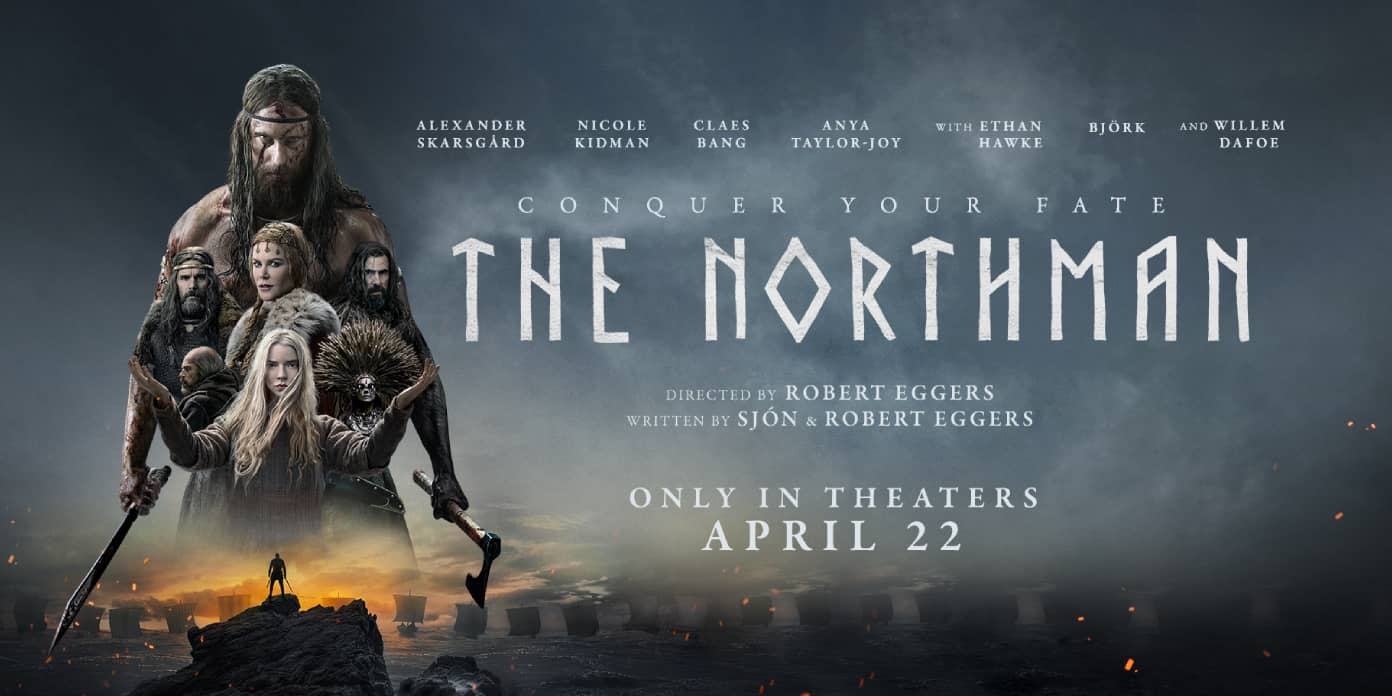
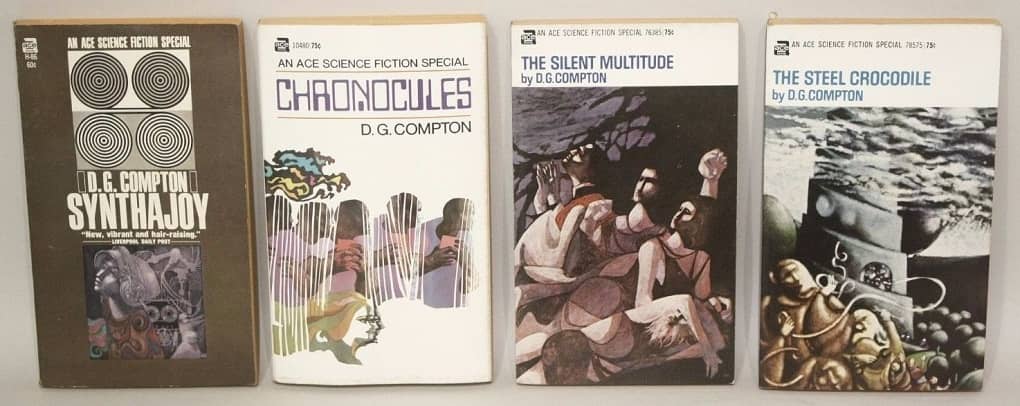
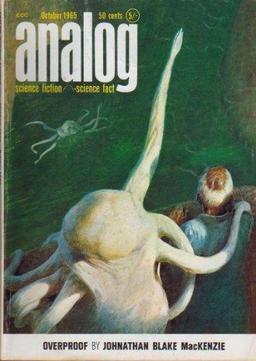
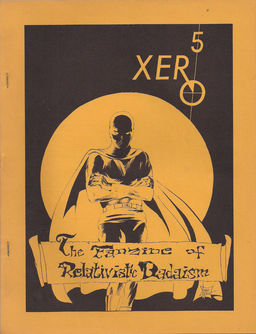
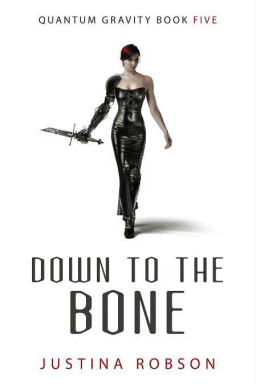
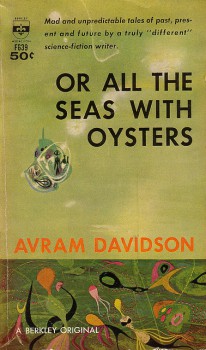
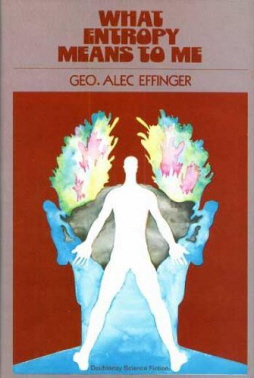 There are indeed urban legends at work in the Collector’s market. For example, the entire print order of George Alec Effinger’s first novel, What Entropy Means to Me (Doubleday, 1972) was supposedly pulped before publication (almost certainly untrue).
There are indeed urban legends at work in the Collector’s market. For example, the entire print order of George Alec Effinger’s first novel, What Entropy Means to Me (Doubleday, 1972) was supposedly pulped before publication (almost certainly untrue).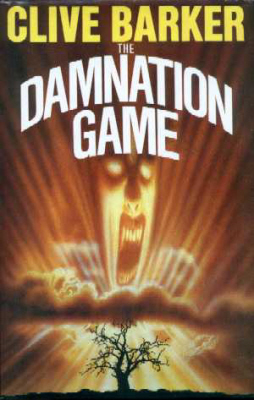 Collector prices are not always rational, as I think most collectors know. They can be fueled by hysteria. As many collectors have noticed, Clive Barker futures are very soft these days. Only the first British hardcovers of the Books of Blood and the British first of The Damnation Game have retained their value. There was a time, within a year or so of publication, when the advance galley of the American edition of Weaveworld could easily bring a hundred dollars. The last time I sold one, I bought it for $1.00 and got $10.00; but that was years ago. Nowadays you would be lucky to get five dollars for a copy. American firsts of Barker, or even galleys of same, are virtually worthless.
Collector prices are not always rational, as I think most collectors know. They can be fueled by hysteria. As many collectors have noticed, Clive Barker futures are very soft these days. Only the first British hardcovers of the Books of Blood and the British first of The Damnation Game have retained their value. There was a time, within a year or so of publication, when the advance galley of the American edition of Weaveworld could easily bring a hundred dollars. The last time I sold one, I bought it for $1.00 and got $10.00; but that was years ago. Nowadays you would be lucky to get five dollars for a copy. American firsts of Barker, or even galleys of same, are virtually worthless.